Why Teamfight Tactics is Addictive: 10 Reasons Players Love It
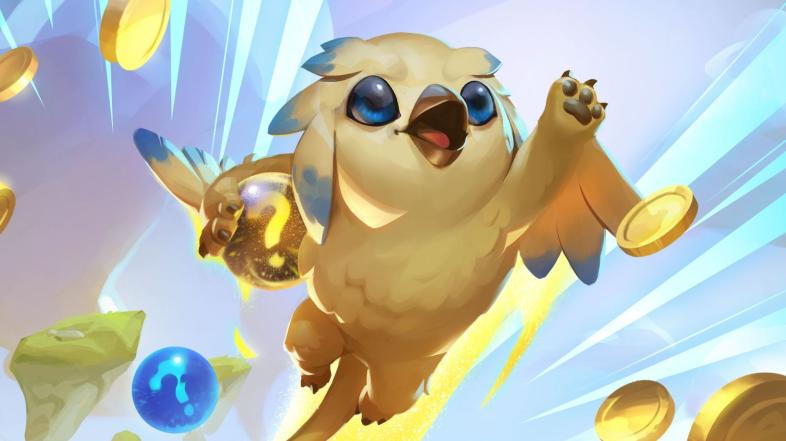
How do we decide whether or not we want to download a game? Sometimes we look at new features, watch gameplay, or just poke around the game’s website a bit. To save you some time, we’ve compiled a list of reasons why players love Teamfight Tactics. Strap in, because this game has some unexpected selling points, including multiple game modes and quirky skins. The battlefield is yours—let’s see if you’d want to fight.
1) It’s Free-to-play
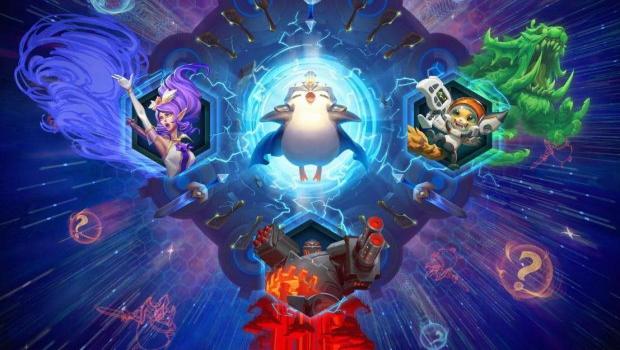
Pengu and his friends lure you into Runeterra, promising not to break your bank account in the process.
Teamfight Tactics is free-to-play, which means that there is no cost to download and play the game. There are a few cosmetic upgrades that players can purchase, but these are not necessary to enjoy the game. This makes Teamfight Tactics a very accessible game for players of all levels of experience.
The game is also very addictive, as players can queue up for multiple games back-to-back without any penalty. This means that players can easily spend hours playing the game without getting bored. However, it is important to note that Teamfight Tactics can also be very repetitive, as the gameplay is essentially the same each time. This can make the game less enjoyable for some players after a while.
Overall, Teamfight Tactics is a fun and addictive game that is free to play. However, it is important to be aware of the game's repetitive nature before playing.
2) Appealing Cosmetics
 Furyhorn throws a glare in your direction. You are unphased.
Furyhorn throws a glare in your direction. You are unphased.
Sometimes, the cosmetic upgrades you purchase for a particular game are better than the game itself. This is not the case for TFT, but it can be said that the various Tacticians, Arenas, and Booms (a little explosion whenever you win the round) can enhance gameplay tremendously!
In Valorant (another Riot Games title), skins are often $30 or more, making you a bit hesitant to purchase anything. Each skin purchase is a tough decision that may leave your bank account hurting in the process. However, in TFT, many cosmetics are $10 and below, providing a more affordable and customizable experience.
While playing the game, you can also earn free cosmetics through the TFT Battle Pass and other events. It is easy to accumulate a few free skins for your Tactician as you play, which bolsters the free-to-play experience.
Like a lot of other titles, TFT implemented a Gatcha system where you roll for different Tactician skins. In Set 9, the highly sought-after Chibi Little Devil Teemo is included!
3) Highly Competitive
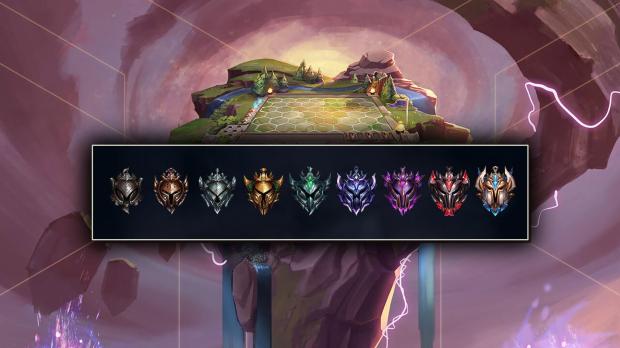
Most of these ranks are never seen by the player base.
It is assumed that most players play TFT competitively. There are some League players that head on over to the TFT tab in their Riot Launcher to play every now and again. However, the majority of players you see when loading into a TFT match play the game pretty regularly, which is a result of its competitive community.
TFT’s Ranking System may be the culprit. Its ranks (scaling from Iron, all the way to the Top-200 Challenger Rank) are very easy to get lost within, yet are quickly maneuverable if you are a skilled player. Now, reaching that skill cap is a different story. However, the more you play TFT, the more you can experience higher ranks with more difficult competition.
Not only do you come across players that Meta-abuse, but you find yourself going up against players that have theory-crafted; they come up with new and interesting builds on the fly, leaving you defenseless against their teams. This requires you to use your brain and adapt your playstyle very quickly, which, although sometimes frustrating, can be incredibly addictive. It adds to the experience in a very unique way that keeps you on your feet.
4) High Skill-cap
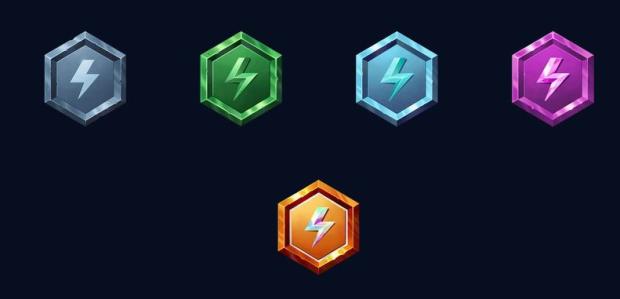
The ever-precious Gold rank in Hyper Roll shines a little brighter than the rest.
As we’ve discussed in the previous section, a very competitive atmosphere comes with a very high skill-cap. There is much room to grow in TFT, making it very addictive to attempt climbing the ranks as a new player.
Games only take around 30-or-so minutes, and it only takes around three games to level up to the next rank (if you’re winning). This combination allows players to quickly rank up—or rank down— depending on their adaptability and skill. This element of adaptability makes the Meta an ever-changing one. With eight different skill sets queueing up in one lobby, it forces you to adapt to each one.
Long story short: the possibilities are endless. To narrow down endless possibilities, is—well, impossible. So, that forces you to play to your strengths. Ranking up and feeling yourself get better at the game is very tangible in TFT, and that’s why players find it incredibly addictive.
5) RNG
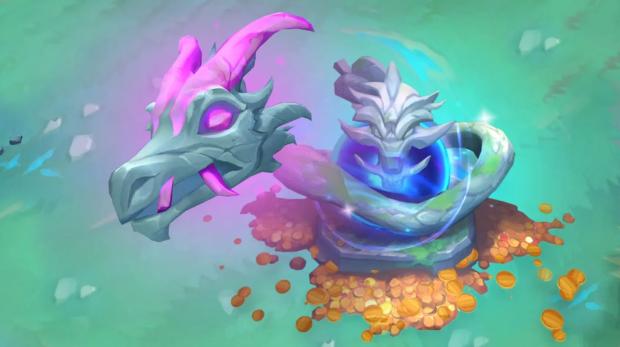
The Dragon Blessing's teeth are a little crooked today.
I’m sure we’ve all encountered RNG, or at least some RNG-based games. RNG stands for “random number generator”, but we refer to RNG as any luck-based component of a game. Sometimes, it’s really frustrating. Playing a RPG and rolling for an attack, only to score one point of damage and instantly dying—it can be quite the setback.
In TFT, there are a lot of RNG-based components. Some could argue that this makes the game really annoying, but it also makes TFT very addictive. If you are getting good RNG—hitting all the right champs, getting a good gold start, playing against ideal opponents—the gameplay could be exciting.
But if you are getting bad RNG—you could be having the exact opposite experience. Low rolls, bad champ matchups, three or more people contesting you—again, it could be quite the setback. This, as we talked about earlier, could reveal something about the adaptability component. It could also have the more indirect implication of making you want to play more.
If you are losing, it could just be “luck-based”, for which you know that if you play another game, your skill may be able to carry you to a victory. This incentivizes more gameplay, and potentially more wins under your belt.
6) Frequent Updates
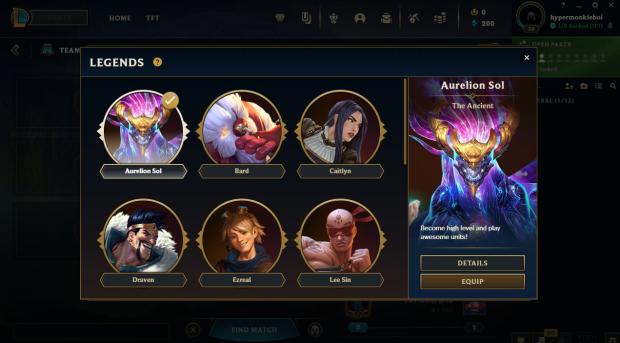
Something about Aurelion Sol gives me the heebee jeebies.
It wouldn’t be TFT without new Sets, Mid-season updates, and bi-weekly patches. The devs are always up-to-date on new ways to make the game fun, which includes balancing and tweaking the game to create a more enjoyable experience.
After each patch, the player is tasked with finding the most OP comp to play. 3-star Noxus units, 8 Sorcerer, or any other mega-strong comp to force can make wins come easy. Often, the community is quick to set the Meta for current players. However, if you are skilled enough, you might just create a Meta build that works for you.
Again, it leaves players grasping for new builds and playstyles, constantly adapting to frequent patches and balance updates. The game is never dry—and for a player that enjoys being tested every time they load up a game, TFT just might be your next addiction.
7) Active Player Base
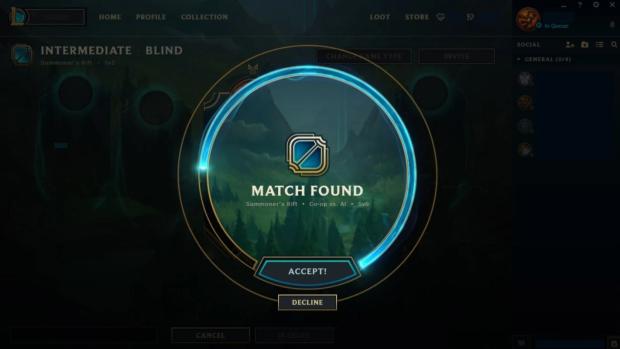
Make sure to Accept quick!
With over 33 million monthly players, you will always find a game in TFT. Don’t worry about long queue times, empty lobbies, or laggy servers—the fellas over at Riot Games have you covered.
This is often a good selling point for MMOs. The “massively” portion of “massively multiplayer online” is sometimes missing, or was once there, but the game dies out. As long as the devs keep releasing new content, TFT will be alive and well—at least for the foreseeable future.
Queue times are usually 30 seconds to a minute long, and games are always full. In fact, in the game’s PBE mode (PBE releases updates one or two weeks earlier for testing, and is run in a different client), players were so eager to try TFT’s new set, the servers were overloaded.
Now, this usually doesn’t happen to their servers, but it was an interesting occurrence. With so many players in the game’s pool, there is no reason to wait for the game to be back online. Even during odd hours of the day!
8) Extensive Champ Pool
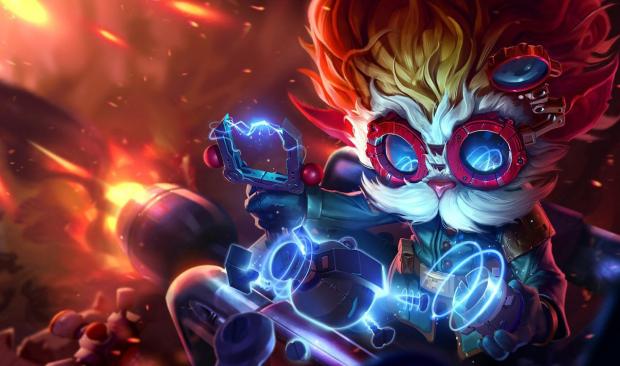
Heimerdinger seems to be cooking up some new Hextech craftables...
Okay, so you’ve loaded up the game. You start playing, and…wait, you have to unlock every character? We’ve all been there; the characters you want to play are locked and you have to reach Level 56 to unlock them.
Thankfully, TFT doesn’t do this. You can play every champ as soon as you log into the game. There is no more waiting for level ups, grinding for different characters and abilities, or anything of the sort. Rather, you get a unique playing experience each time with a massive champ pool.
This is very attractive to both new and old players. Whenever you queue up for a game, you have the chance of hitting a variety of champs, each one with unique abilities and items. How the game goes and which champs you get is for you to decide, not the game’s preordained leveling system. Since this is so enticing, it could make the TFT experience quite addictive.
9) Quick and Easy
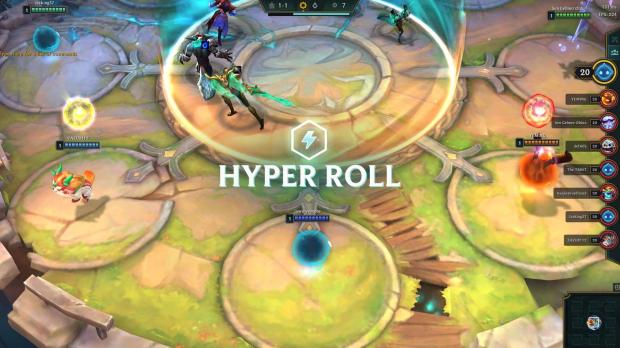
Hyper roll stresses out even the smallest of River Sprites.
As we’ve discussed earlier: downloading is free, playing is free, queueing up takes less than a minute, and you can hop straight into competitive mode, play a match in 30 minutes or less, and get off. This, quite possibly, is the most addictive element to TFT.
Oftentimes games take a very long time; raids in Destiny 2 could take five or six hours, League of Legends matches could take an hour to finish, and storyline games sometimes last for multiple chapters before you arrive at a save point. This is not the case with TFT—you just get to play one, and leave.
This allows for a much more flexible experience with the game. If you only have a half hour, whether you’re on a lunch break, or in between classes at school, you can load up a game of TFT (however, for a shorter experience, Hyper Roll is recommended) and be done before the end of your break. This adds the element of convenience to the game, as well as accessibility.
10) Gambler’s Fallacy
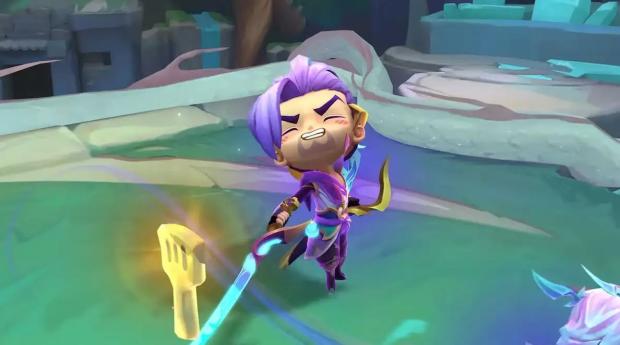
Yasuo's inviting smile may deceive you.
We’ve talked about how and why TFT is so addictive—but what about the effects of its addictive qualities? Some players become so competitive that they keep playing until they win. This could take hours, loading into new matches every time they lose, slowly dropping in rank. This is called the Gambler’s Fallacy.
“If I play just one more, I might win it all back” is not an uncommon phrase for a game like TFT. This is why you will see many players fall victim to this fallacy, usually resulting in a large loss of ranked points (or LP, in TFT).
This being said, be cautious with this game. If you are losing—especially repetitively— then take a break, eat something, or go to the bathroom. TFT players often warn others of this problem, because it is a pertinent one. The game has many addictive qualities, which make it insanely fun—but could be dangerous if you are invested for too long.
Take it from one player that made this mistake many times.
You may also be interested in:
Riot Games releases new metric “Damage Rating” to replace damage per minute for pro players
https://www.gamersdecide.com/pc-game-news/riot-games-releases-new-metric...
Who is Riot Games CEO?
https://www.gamersdecide.com/pc-game-news/who-riot-games-ceo
Teamfight Tactics Mid-Set Update – New Buffs, Champions and Rank Reset
https://www.gamersdecide.com/pc-game-news/teamfight-tactics-mid-set-upda...
 Home
Home PC Game Trailers
PC Game Trailers News
News Menu
Menu


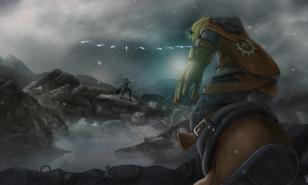
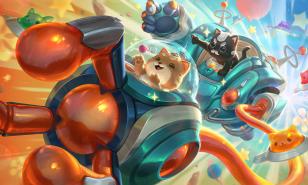
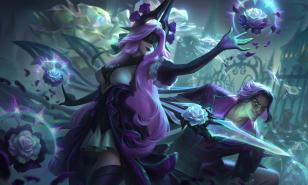
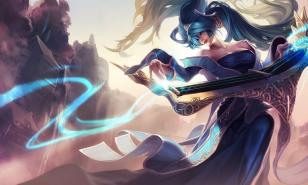
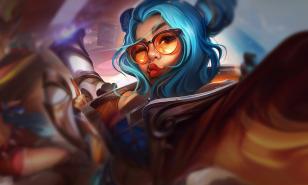
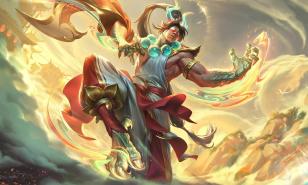
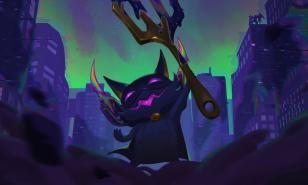
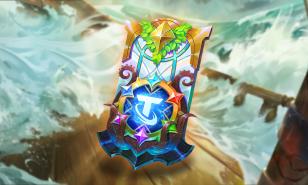
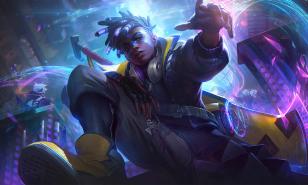
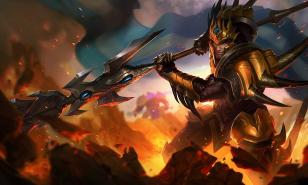

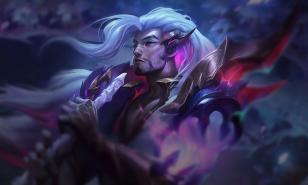
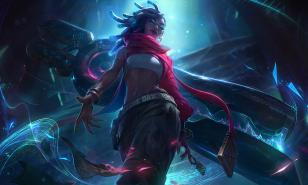
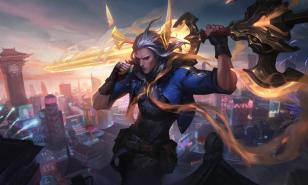
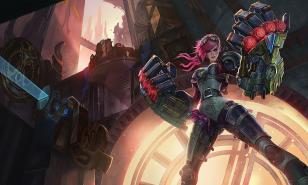
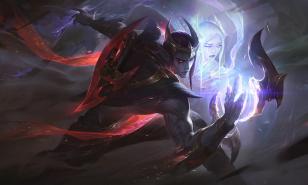
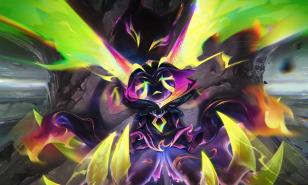
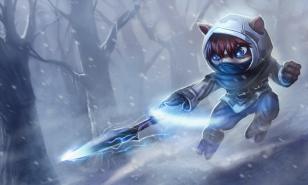
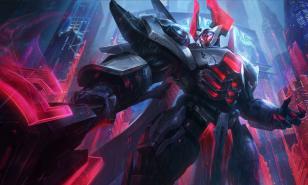
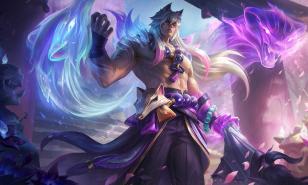
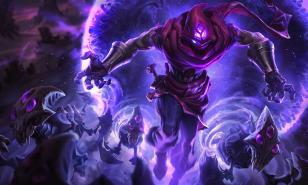
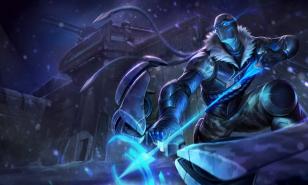
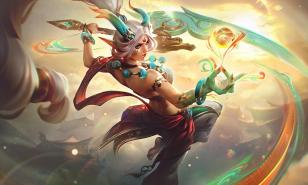
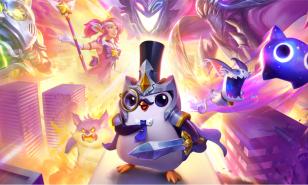
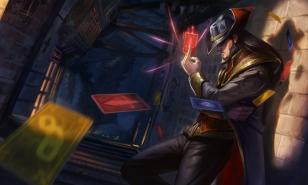
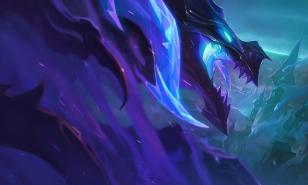
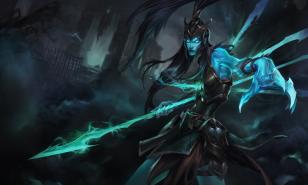
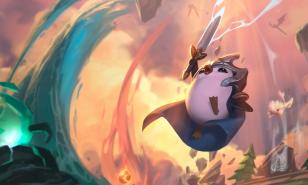
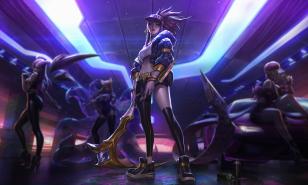
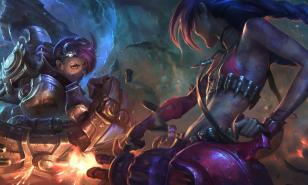
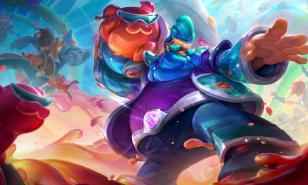
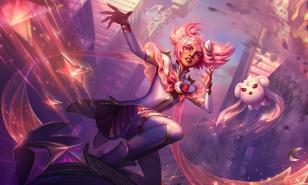
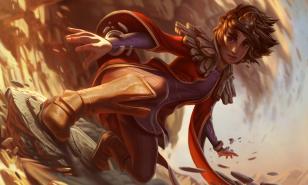
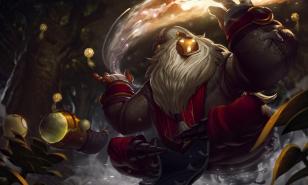
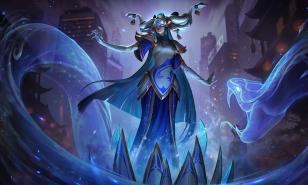
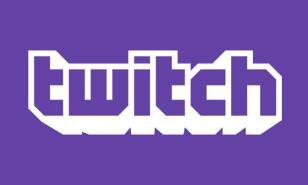
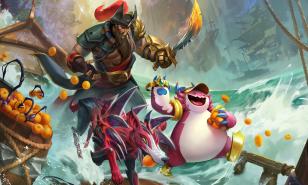
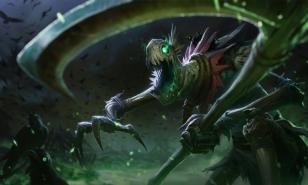
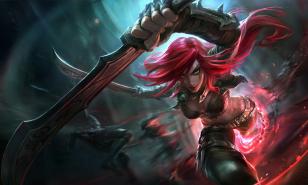
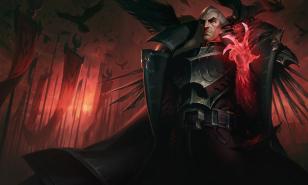
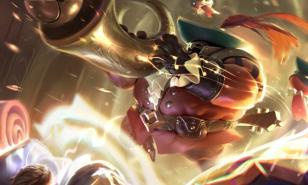
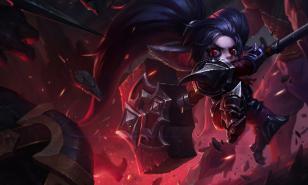
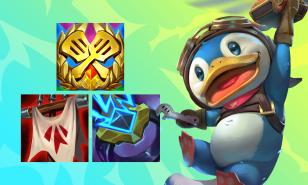
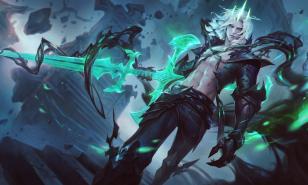
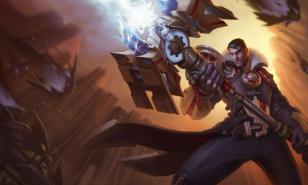
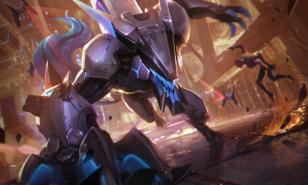
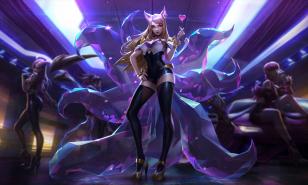
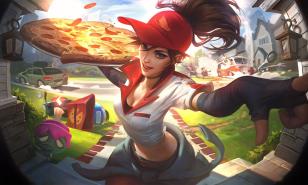
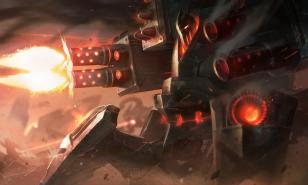
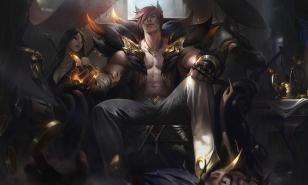
Latest Comments
1 Gamers Commented on this game. ADD YOURS.
All Comments (1)
Author_04 10 months 5 days ago
Very well-done!
Reply